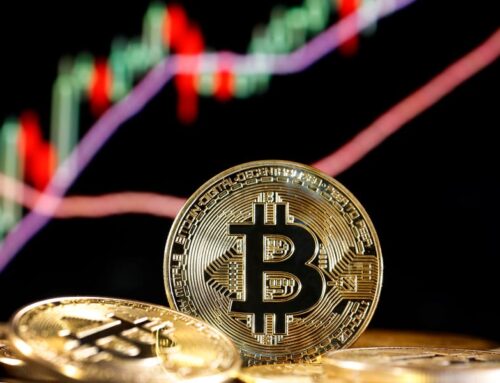Does the road to clean energy run through dirty mines?
November 17, 2024

In June, The Economist published a feature called “The exponential growth of solar power will change the world,” noting that the planet’s installed solar capacity doubles about every three years. Five months later, the Global Solar Council now says that installed capacity has actually doubled over the past two years. Even solar’s exponentials have exponentials.
This is great news for phasing out coal and gas, as the plummeting prices of solar and wind are economic realities that could power them through the coming political headwinds.
But all those solar panels and turbines are made from megatons of materials. And that requires digging deep at copper, silver, and other mines feeding factories with their own carbon and environmental footprints. For example, the Xinjiang region of China produces nearly half the world’s polysilicon for solar panels, traditionally using the dirtiest coal power.
Overall, the International Energy Authority estimates that reaching net zero by 2050 could require six times more mineral inputs than we use today. On one hand, it seems like we’re just swapping the fossil fuel devil we know for shinier technologies with their own sustainability problems. On the other, it may be a good bargain.
• • •
The Price of Progress is a Mountain of Metal and Concrete
1. The problem with exponentials. Today, the solar panel industry uses about 10% of the world’s supply of silver. By 2050, demand is expected to soar to 50% of the planet’s reserves, according to the Institute for Sustainable Futures in Australia. Silver mining means extracting and processing a lot of rock—22,378 kilograms to extract a single kilo of the precious metal. And the process, which often happens in developing countries, isn’t a pretty one. The forecast is even worse for some exotic metals such as indium and tellurium, where demand from solar cells alone could exceed the entirety of Earth’s reserves by mid-century.
2. Wind is blowing up. Wind power also has a coming minerals crunch, thanks to copper and rare earth elements needed for magnets that turn rotational energy into electricity. Like silver, demand for copper could exceed global reserves by 2040. Wind turbines are growing in size as well as number. The biggest are now taller than the Great Pyramid of Giza, with blades longer than football fields. By the 2030s, US wind farms alone could account for about 2% of the country’s cement production and nearly 5% of its steel. Recycling is a big issue with wind turbine blades—most of the fiberglass composite blades currently end up in landfill or are incinerated.
3. Get ready for a billion EVs. Replacing the world’s 1.5 billion internal combustion-powered cars and trucks with electric equivalents will be traumatic. Building a new EV produces around 80% more greenhouse gas emissions than a comparable gas car, and requires six times the mineral input according to the IEA. That’s mostly due to its energy-intensive battery. The carbon debt gets paid off during operation, especially if it’s charged using low carbon electricity, but the mineral requirements will mean new and deeper mines.
Search
RECENT PRESS RELEASES
Related Post



